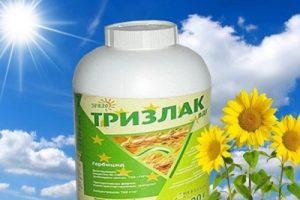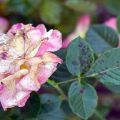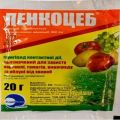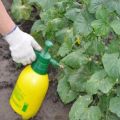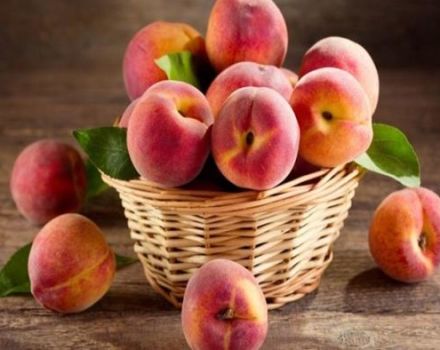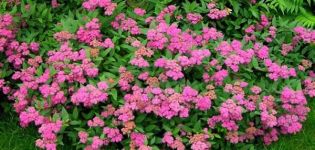What can replace a fungicide at home and how to use the funds
The conditions necessary for the cultivation of indoor plants often favor the onset of fungal infection and the appearance of colonies of insect pests. People from tropical forests require frequent watering, partial shade, and no drafts. It is difficult to fight infection in an apartment using synthetic protective equipment because of the danger to human health. What can replace the fungicide at home?
Content
- 1 What can replace the fungicide at home?
- 1.1 Milk and salt
- 1.2 Rapeseed oil and soap
- 1.3 Natural essential oils
- 1.4 Himalayan pink salt
- 1.5 Hot pepper + garlic + onion
- 1.6 Garlic + mint + pepper
- 1.7 Chamomile
- 1.8 Aspirin
- 1.9 Lemon juice
- 1.10 Soda + oil
- 1.11 Natural laundry soap
- 1.12 Liquid soap
- 1.13 Tobacco leaves
- 1.14 Chrysanthemum flowers
- 1.15 Rhubarb leaves
- 1.16 Alcohol
- 2 General advice for using natural fungicides
What can replace the fungicide at home?
Plant protectant manufacturers offer a wide variety of chemical compounds. Using them indoors is often inconvenient due to toxicity to humans and animals and the need for long-term ventilation. Natural organic and inorganic substances possess fungicidal properties. Knowing how to properly prepare a remedy at home, you can successfully fight not only moldy fungi, but also insect pests.
As handy tools for fungicide can be used:
- salt;
- soda;
- milk;
- ethanol;
- citrus;
- vegetable crops;
- tobacco;
- decorative and wild plants.
In most homemade fungicide recipes, the required ingredient is liquid soap, which ensures that the composition adheres to the ground parts of the plant. Without this property, the effective action of the fungicide on the surface of leaves and stems is impossible.
Milk and salt
For powdery mildew, a fungicide based on a water-milk-salt solution is used. Milk and water are mixed in equal proportions (200 milliliters each) and 20 grams of salt are added. Leaves and stems are treated with a sprayer 2-3 times a day, before isolating the soil in a pot. Sodium chloride inhibits the development of any microflora. Milk has enough stickiness to keep a certain concentration of salt on the plant.

Rapeseed oil and soap
Rapeseed oil has a bitter taste and good adhesion. To repel pests, it is enough to add 1 tablespoon of rapeseed oil and a teaspoon of liquid soap to 1 liter of warm water to get a homemade fungicide.
Natural essential oils
Lemon, orange, bergamot essential oils have a depressing effect on the development of fungi, viruses, leaf-sucking insects. In high concentration, oils have a burning effect.To spray infected plants or as a preventive measure, dissolve 4-5 drops of oil and liquid soap in 500 milliliters of water. Processing is carried out within 7-10 days, in the morning and in the evening. Essential oils of coniferous plants are not used as fungicides.
Himalayan pink salt
Himalayan salt is mined in salt mines in Pakistan. Unlike rock salt, sea salt contains a large list of trace elements, the total amount of which in mass fraction does not exceed 2-5%. The pink color of the salt is given by polyhalites: magnesium, potassium, calcium sulfates.
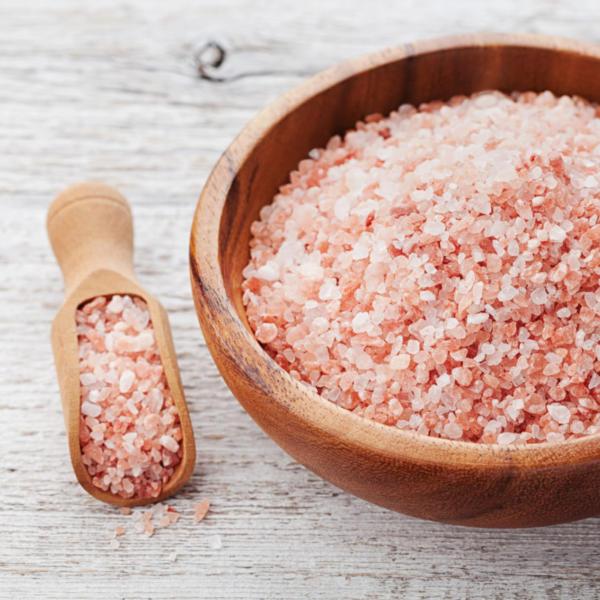
The fungicidal and pesticidal effects of the saline solution are given by sodium chloride and potassium salt. Pest larvae do not tolerate the salty taste of leaf blades. For spraying, a little liquid soap is added to a 5% solution. The soil is protected from salting.
Hot pepper + garlic + onion
Chili and cayenne peppers have a pungent flavor. In combination with onions and garlic, a fungicide is obtained that repels parasitic insects. To obtain a caustic solution, rub the onion and garlic (2 medium cloves) on a fine grater, add 2 teaspoons of ground pepper. All ingredients are mixed and poured with 1 liter of water at a temperature not exceeding 50 degrees to preserve phytoncides. The infusion time is 24 hours. Filter the fungicide solution and store under a tight lid. Before spraying, add a teaspoon of liquid soap.
Garlic + mint + pepper
Instead of onions, mint can be added to the natural fungicide. To prepare a caustic base, 20 milliliters of water is poured into a blender. Add peeled cloves from half a garlic head, 1 teaspoon of ground pepper and mint (dried or fresh in a ratio of 0.5 cups or approximately a glass).
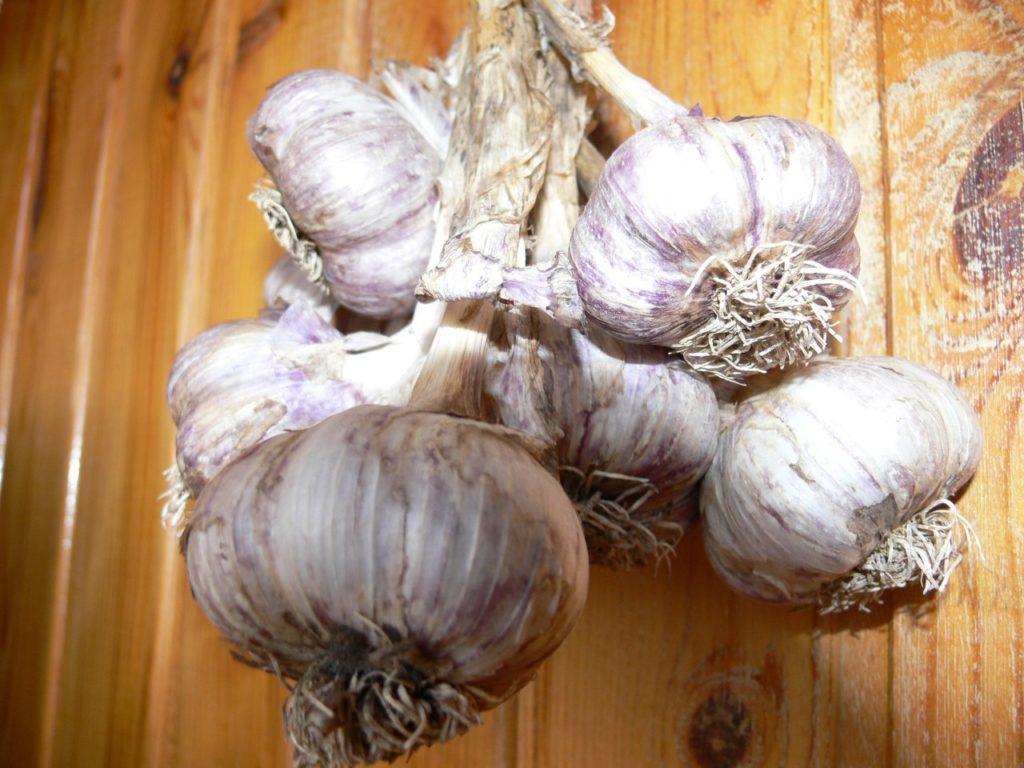
Turn all the ingredients into a homogeneous paste and pour 1 liter of boiling water. Insist under a tight lid for a day. They are filtering. Before use, add a teaspoon of soap. Affected plants are irrigated once a day until symptoms of infection disappear.
Chamomile
Chamomile infusion has antiseptic properties, it is used against molds on indoor plants and soil in a pot. Prepare the fungicide in a water bath or steam in a thermos. For 1 liter of hot water / boiling water, 1 cup of dried chamomile is required. In a water bath, the infusion is prepared 15 minutes from the moment the water boils in the container. The holding time in a thermos is 12 hours.
The finished infusion is filtered and used for washing leaves and stems or for watering. If mold appears on the soil layer, let it dry before rehydrating.
Aspirin
Acetylsalicylic acid can be used as a fungicide when powdery mildew, gray rot, black leg appear on indoor flowers. For 1 liter of warm water, 600 milligrams of a synthetic product will be needed. After the tablets are completely dissolved, the plants are treated using a soft sponge. The procedure is repeated until the symptoms of infection disappear.
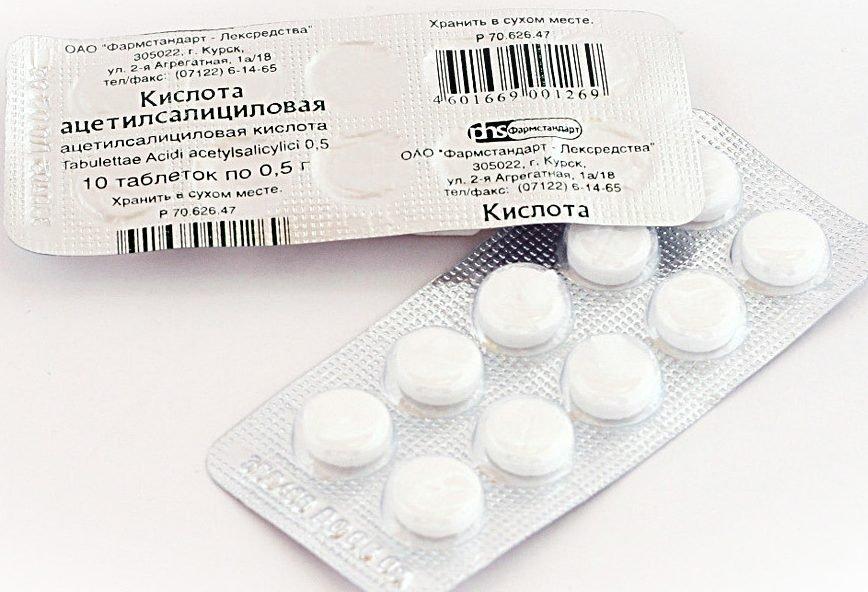
Lemon juice
To combat aphids, the use of lemons will be effective. An infusion is prepared from the lemon peel to water the soil. The peel from 5 lemons is placed in a thermos and poured with 500 milliliters of boiling water. Leave for a day. The resulting infusion is used for watering, since the aroma of essential oils contained in the crust repels aphids.
Leaves and stems are irrigated with diluted lemon juice from 5 fruits and a glass of water. Irrigation of the ground part is carried out by isolating the soil so as not to cause soil acidification. The duration of sanitization with a fungicide depends on the degree of aphid infestation: from 3 to 7 days.
Soda + oil
Sodium bicarbonate, when dissolved in water, forms an alkali, the aggressive properties of which help fight fungal infections in plants. For better adhesion, mix 1 tablespoon of baking soda and vegetable oil. Pour this mixture with a glass of hot water.Mix well and dilute with 1 liter of warm water. Spray the resulting composition every other day.
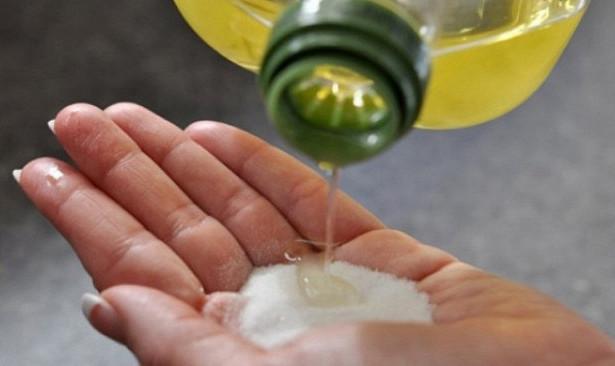
Natural laundry soap
Laundry soap contains up to 0.2% alkali, due to which it has antibacterial properties. The soap base enhances the action of the natural pesticide against aphids. The composition of the solution: 10 grams of finely grated soap and 1 liter of hot water. The soap must completely dissolve in the water to form a uniform soap solution.
Liquid soap
The main components of liquid soap that provide detergent properties are potassium stearate and potassium hydroxide (KOH or caustic potassium). The use of a 1.5% solution gives good results when applied against insects and mold. Baking soda or rapeseed oil can be added to the solution to enhance the inhibitory effect.
Tobacco leaves
Dried tobacco leaves, ground to a powder, are an insecticide and a fungicide. Nicotine has a toxic effect on pests and pathogens of indoor plants:
- thrips;
- aphids;
- spider mites;
- powdery mildew;
- gray rot.

The soil is pollinated with tobacco powder and watered abundantly with water. The frequency of processing is once every 3 months.
The norms for the introduction of tobacco dust into flower pots (in grams):
- small - 50;
- medium - 100;
- large - 150.
It is not recommended to use other fungicides during tobacco processing.
Chrysanthemum flowers
Chrysanthemum petals contain coumarin, a substance that has neurotoxic effects on living organisms, including indoor pests. To obtain the active composition, the flowers are poured with boiling water and insisted in a thermos. The ratio of water to flowers: 1 liter - half a glass of dried or 1.5 cups of fresh flowers.
Rhubarb leaves
Fresh rhubarb leaves are finely chopped and hot water is added at the rate of 1 cup per 1 liter. The container with a tightly closed lid is placed in a warm, dark place for 24 hours. Then filter and add a tablespoon of liquid soap. Plants are sprayed until the pests disappear and infestation.
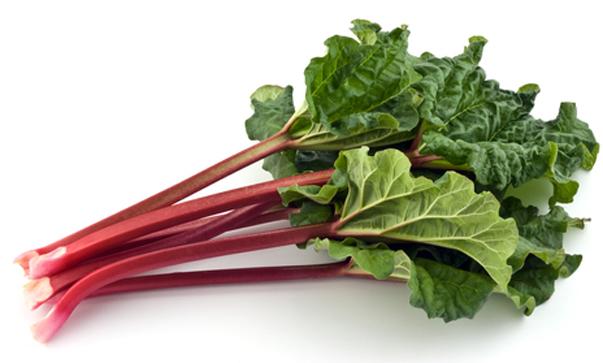
Alcohol
Ethyl 70% alcohol does not burn the leaves of indoor plants. Rubbing the leaf plates with a cotton swab dipped in alcohol helps to get rid of the spider mite. As a preventive measure, you can wipe the window sill and window frame.
General advice for using natural fungicides
Natural fungicides and insecticides should not be applied to the entire plant at once. The concentration indicated in the recipes may not be suitable and cause burns to the leaves and stems. Pre-check the result of exposure after processing on 1-2 leaves for several days. When processing, it is necessary to distribute a poisonous or neutralizing substance, both on the outer and inner parts of the leaves. To avoid salting the soil layer in the pot, cover it with polyethylene during processing.
When carrying out protective procedures, plants should be protected from direct sunlight. When spraying with formulations with a pungent odor, essential oils, it is useful to use protective equipment for the respiratory organs and skin of the hands.

